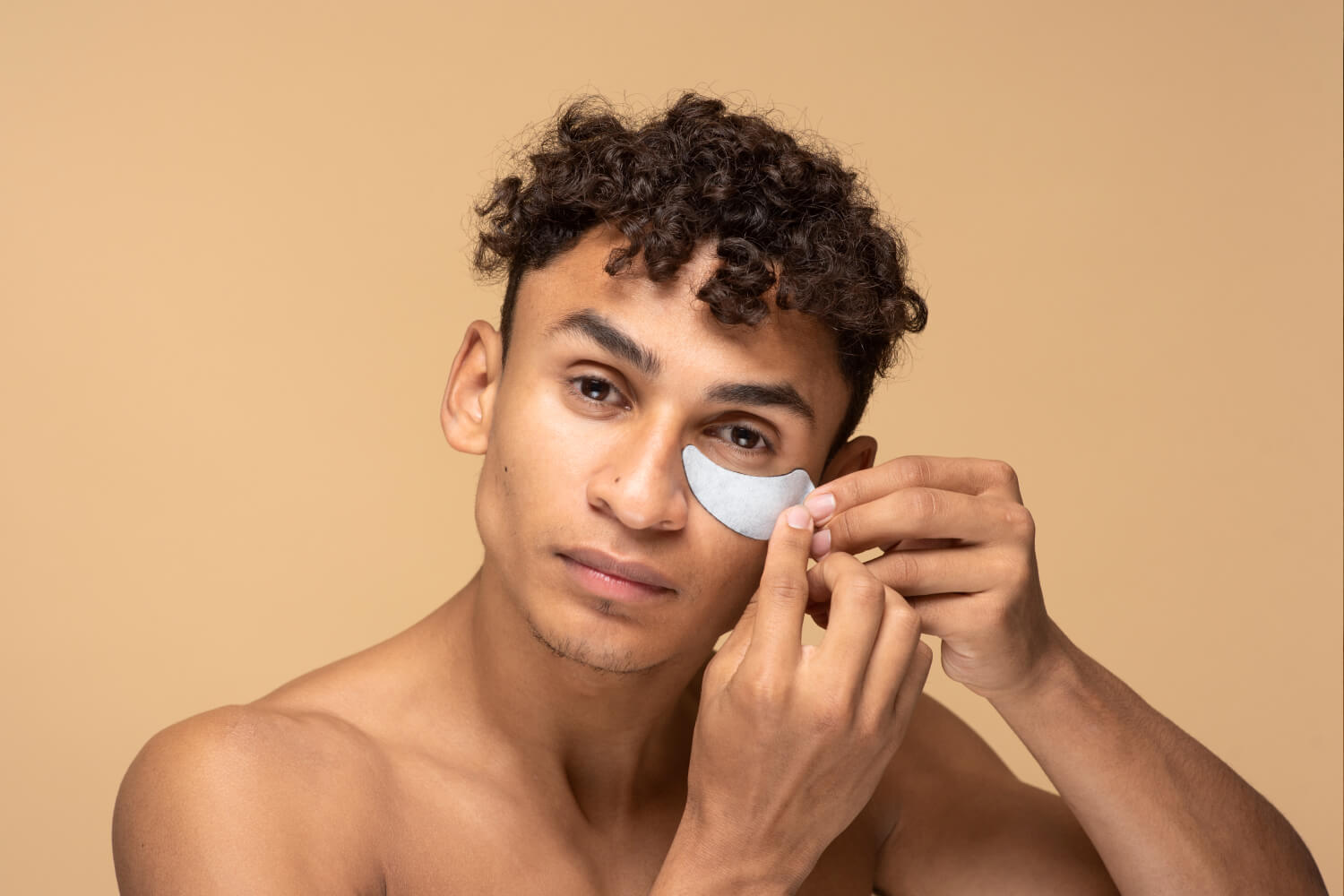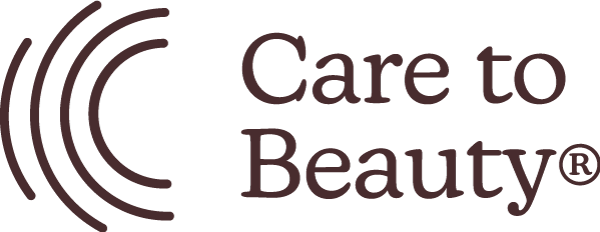
If you are a man looking for skincare, you may have experienced this existential crisis: can men use “female” skincare products? Will they work on your skin? Do men and women have different skin to begin with? Today, we’re going to take a look at this topic: we’re going to analyze some of the most common differences between men’s and women’s skin, and we’re going to see how these differences can influence your choice of skincare products.
Male vs female skin: What’s the difference?
When we talk about the differences between men’s and women’s skin, we’re not talking about absolute differences, as if they were completely different entities. Rather, we are talking about differences in degree: for example, men’s skin tends to be thicker, oilier, and more pigmented than women’s skin.
A 2018 literature review looked at the following parameters that distinguish men’s and women’s skin: hydration, transepidermal water loss, sebum, microcirculation, pigmentation, thickness, and skin pH. The review found that most studies fail to find differences (or report conflicting results) in terms of hydration, transepidermal water loss, microcirculation, and skin elasticity. Conversely, many studies report that the skin of men and women differs in terms of sebum production, skin thickness, skin pH, and skin pigmentation.
According to the review, “several studies have compared the biophysical properties of the skin between men and women. For some parameters, the same results were generally reported. For example, sebum content is higher in men because sebum is highly influenced by sex hormones. Also, skin pigmentation and thickness are significantly higher, facial wrinkles are deeper, and facial sagging is more prominent in the lower eyelids of men, but there is no significant difference in skin elasticity between the sexes.”
In short, the skin of men tends to be:
- Oilier;
- Thicker;
- More acidic (meaning, with a lower pH);
- More pigmented (meaning, darker).
There’s yet another factor that can greatly influence the way men’s skin behaves on a day-to-day basis: shaving. According to a study, “in self-assessment surveys, about 40% of men rate themselves to have sensitive skin”. This sensitivity can be exacerbated by shaving, which is an important thing to consider when talking about the needs of men’s skin.
Last, but not least, it’s important to talk about sun exposure. A survey conducted by the American Academy of Dermatology found that men are less knowledgeable about sun exposure, sun safety, and skin cancer risk. If we add to this the fact that men are more likely to die of melanoma than women, we easily understand how sun exposure is a very important thing to take into account when we talk about skincare routines for men.
Do men need skincare? Skincare tips for men
Now that we have a better understanding of the differences between men’s and women’s skin, we can think of ways to correct or compensate for them in a skincare routine. For example:
- Because men tend to have oilier skin, they may also be more prone to acne in adulthood. In order to compensate for this, it’s important that a skincare routine for a man includes sebum-regulating and/or mattifying ingredients. Products should also help soothe irritated skin and prevent the appearance of new breakouts;
- In line with the previous recommendation, it’s possible that men struggle more with dilated pores. This is also a concern that can be improved (within reason) with specific skincare products that create a pore-tightening effect;
- Because men shave regularly, it’s important to incorporate shaving products that are gentle and suitable for sensitive skin. We’ve seen that many men already have sensitive skin, and shaving can exacerbate this condition. Thus, it’s important to consider the act of shaving in a skincare routine for men;
- We have seen that men have a greater risk of dying of melanoma. For this reason, it’s extremely important that a skincare routine for men includes sunscreen, both for daily use and for periods of greater exposure (say, vacations or outdoor sports).
Difference between male and female skin care products
We have already seen that there are differences between male and female skin, and we have already seen that men, for various reasons, may have specific skincare needs. Now the question is: can these needs be covered with skincare products “for women”, or is it necessary for a man to products “for men”?
The truth is that there are no skincare ingredients that work only for men or only for women, just as there are no products that only work for one gender. Marketing has led us to believe that most skincare products are “for women”, with specialized brands and ranges “for men” popping up occasionally in the sidelines, but this is more a matter of commercial positioning than anything else.
So, as a man who wants to build a skincare routine, you have two options: either ignore the packaging that says “for men” and “for women” and pick and choose whatever products you like (which will greatly increase your options, and give you access to more specialized products and ingredients), or restrict yourself to products “for men” (which will make your decision easier, but may limit your access to certain types of products that aren’t generally promoted to men).
In the end, what matters is that your routine, and the products your use, are suited to your skin’s individual needs, regardless of your gender.
We’ve already discussed the differences between men’s and women’s skin, we’ve looked at how these differences can influence men’s skin needs, and finally, we’ve looked at whether or not these needs can be met with skincare products “for women”. Now that you have this knowledge, you can build your skincare routine according to your individual needs: feel free to explore our full range of skincare products in the shop, or look into specific brands and ranges designed for men.
Beauty Writer & Editor


